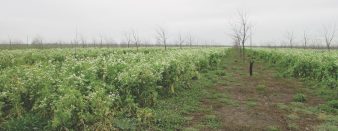
Texas growers dish out new cover crop in row middles
In order to put organic matter back into the soil, Dan Berdoll has made an unlikely match: pecans and radishes. Berdoll planted his first radish crop this year in his pecan orchard outside of Bastrop, Texas. He said he has been pleased with the results so far. Berdoll read an article in The Furrow Magazine...
Read more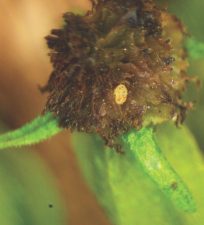
Predicting casebearer activity using PNC forecast system
Monitoring pecan nut casebearer PNC moth activity with pheromone traps is now a standard practice for managing this import insect pest. Trap counts indicate when male PNC moths are first active in the spring and their relative activity during each generation. The best use of trap counts is to enter the information into the PNCforecast...
Read moreHedging – Powerful Tool for Crop Load Management
There is a line in the old Roger Miller country song “One Dying and a Buryin'” where he says “It’s so simple I’m surprised I hadn’t done thought of it before yet”. That’s the line that comes to us as we have studied information on the response of pecan trees to hedging. The simple part...
Read more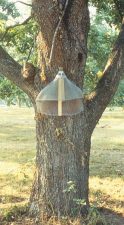
Native Pecan Management During an “On” Year
In many native pecan groves, 2014 was a short crop year. A late spring frost in April 2014 damaged emerging buds and limited pistillate flower production. Then, just as the harvest season began, the weather turned crazy. We started with snow in early November then had periodic rain and snow storms during much of the...
Read more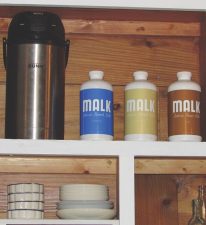
Milk alternative “Malk” is another new pecan product
Malk is a plant-based, alternative-milk company that has gained considerable success in the past year. The company currently makes three types of milk: unsweetened almond milk, sweet vanilla almond milk, and maple pecan milk. Each product is made with 5 or fewer ingredients and serves as a great, non-dairy alternative to milk. August Vega started...
Read more
WPGA Panel Addresses Increasing Salinity Issues
The Western Pecan Growers Association held its annual conference March 1-3 in Las Cruces, New Mexico as usual and enjoyed its typical robust attendance and trade show participation. The educational program encompassed varied topics and concluded with a panel discussion on salinity, an issue of increasing concern in the West, particularly as drought conditions continue....
Read moreNPSA Provides Updates on Issues Impacting Industry
The National Pecan Shellers Association met for its mid-winter gathering March 10-12 in Savannah, Georgia with an agenda that included updates on several major issues with potential impacts on the pecan industry. Diane Welland of Kellen Communications offered an overview of what to expect when USDA’s 2015 version of its official Dietary Guidelines is released...
Read moreMarketing Order Info Widely Shared at Industry Meets
A significant effort has been underway the past several weeks to disseminate information to the pecan industry regarding a potential federal marketing order for pecans. USDA representatives along with American Pecan Board members have made appearances on conference programs at the Southeastern Pecan Growers conference, the Western Pecan Growers conference and the National Pecan Shellers...
Read more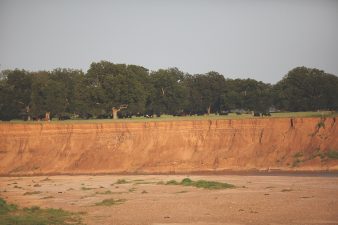
Pecan Soil and Production Potential
Many factors influence production and profitability but few or none are more important than the soil on which pecans are grown. We always say, “Pecans need deep, well-drained soil;” but the question is how deep and how well drained? Irrigation is important, but the water delivery and rate depends on the soil. Soil and water...
Read more